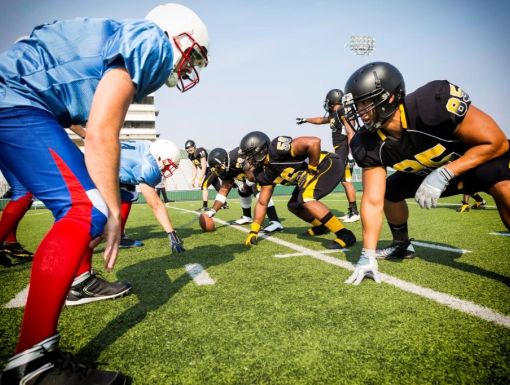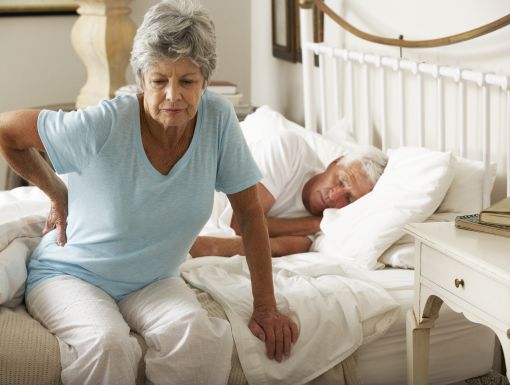
Scoliosis: What Is It and How Do You Treat It?
What Is Scoliosis?
Scoliosis simply means you have a curve in your spine. This can be to the right, to the left or both. Kyphosis (hunchback) and Lordosis (sway back) are terms used to define a perceived curve when looking at someone from the side.
Scoliosis can be present at any age. Your child can even be born with it, but it is much more common in teens and pre-teens.
What Causes Scoliosis?
We know that scoliosis is inherited to some extent. However, the actual changes and how they cause scoliosis are unknown. New information shows that Vitamin D levels might play a role in whether a curve will get worse or not. This is new and not completely understood. Backpacks, sports and other types of activities do not cause scoliosis.
Just because you have scoliosis doesn’t mean you have a bad spine. Most people with scoliosis are absolutely normal otherwise and have no restrictions or symptoms. They play all types of sports and participate in all kinds of activities without any issues.
How Is Scoliosis Diagnosed?
Most care providers or doctors check children for scoliosis at yearly exams. Some school systems will also check children, but this is much less common than it used to be. Athletes frequently get checked at sports physicals, but this is not required. Occasionally a parent or the child will notice. Sometimes doctors see it on an x-ray for something unrelated.
Because the spine always rotates, in addition to the curve, when someone has scoliosis, it is usually fairly easy to see one side of the spine elevated compared to the other when patients bend over. This also affects the chest and can cause it to look uneven as well.
What Happens After Diagnosis?
If a healthcare provider thinks you or your child has scoliosis, they will first get an x-ray to see how severe it is.
There is a special x-ray machine now available called EOS that gets the best x-rays with much less radiation than previous techniques. EOS enables doctors to cut back radiation exposure over 90%, which is important, especially in children getting multiple x-rays over a long period of time. In addition, it gives doctors higher quality pictures, and even lets them build 3D models when needed for surgical planning.
What Are the Treatment Options?
Most people with scoliosis never need treatment. However, during growth the curves can get worse. As curves get larger, they are at risk to worsen even after growth.
In young children the biggest concern is making sure the spine stays straight enough for lung development. In older children the biggest concern is the actual deformity it causes.
Depending on the severity of the scoliosis, the treatment options include bracing, casting, therapy and surgery. There are new and minimally-invasive surgical techniques to make surgical treatment better, including making patients more comfortable and quicker recovery times.
Make sure your doctor checks your child for scoliosis. If your child has scoliosis, don’t panic! Most people never need treatment, and if it is needed, there are many innovative treatment options.
Schedule an appointment with Dr. Lawrence Haber on Ochsner's pediatric orthopedics.



